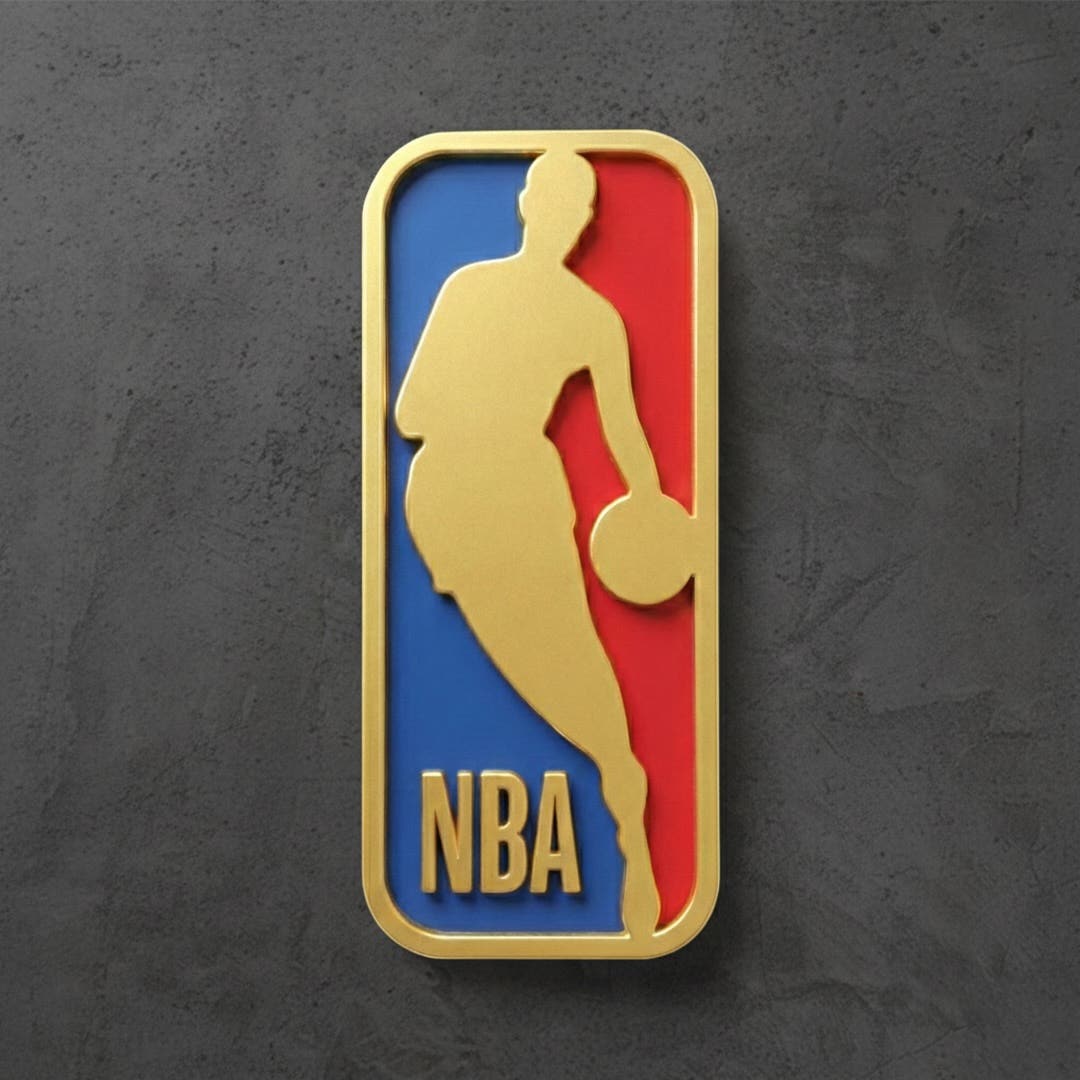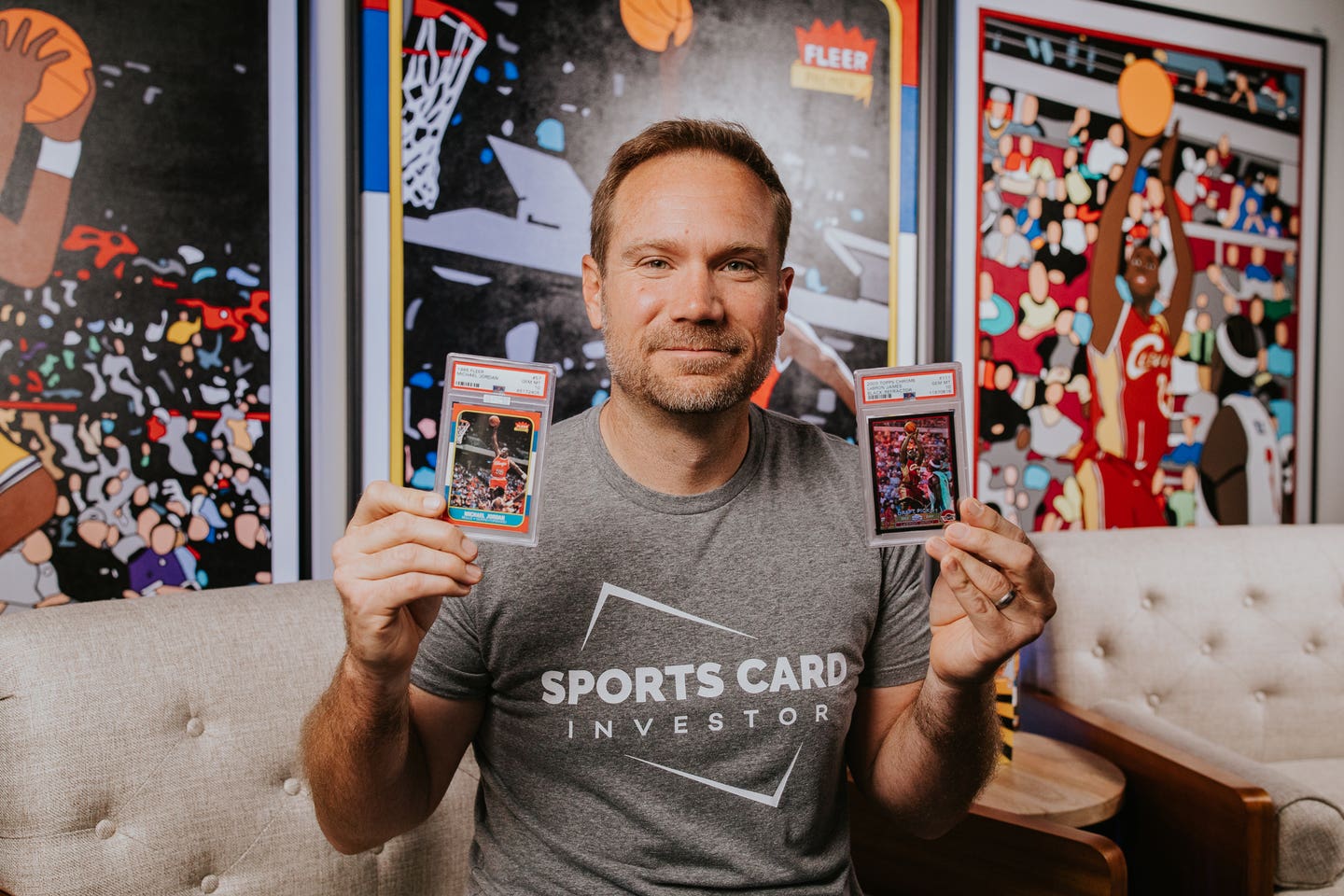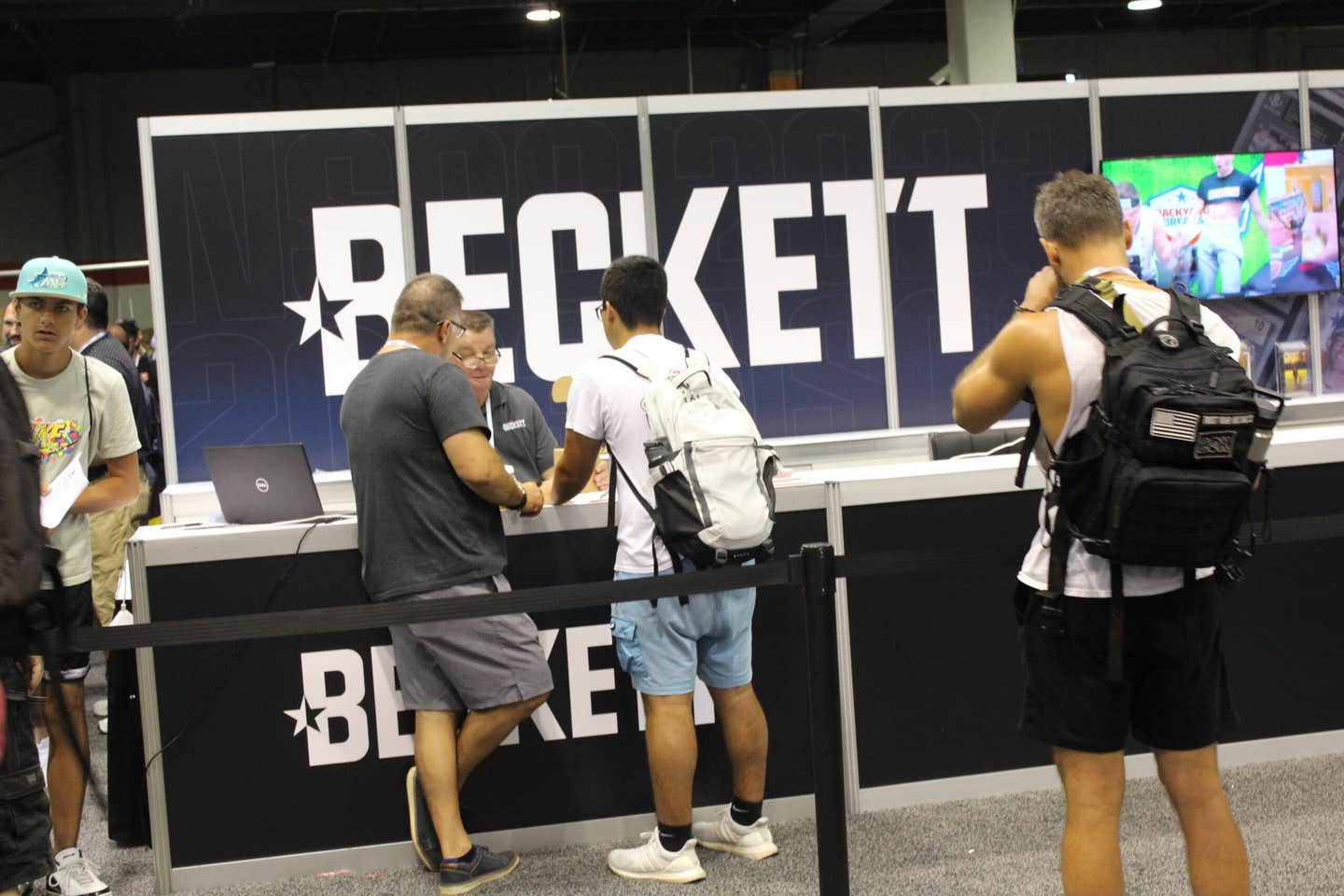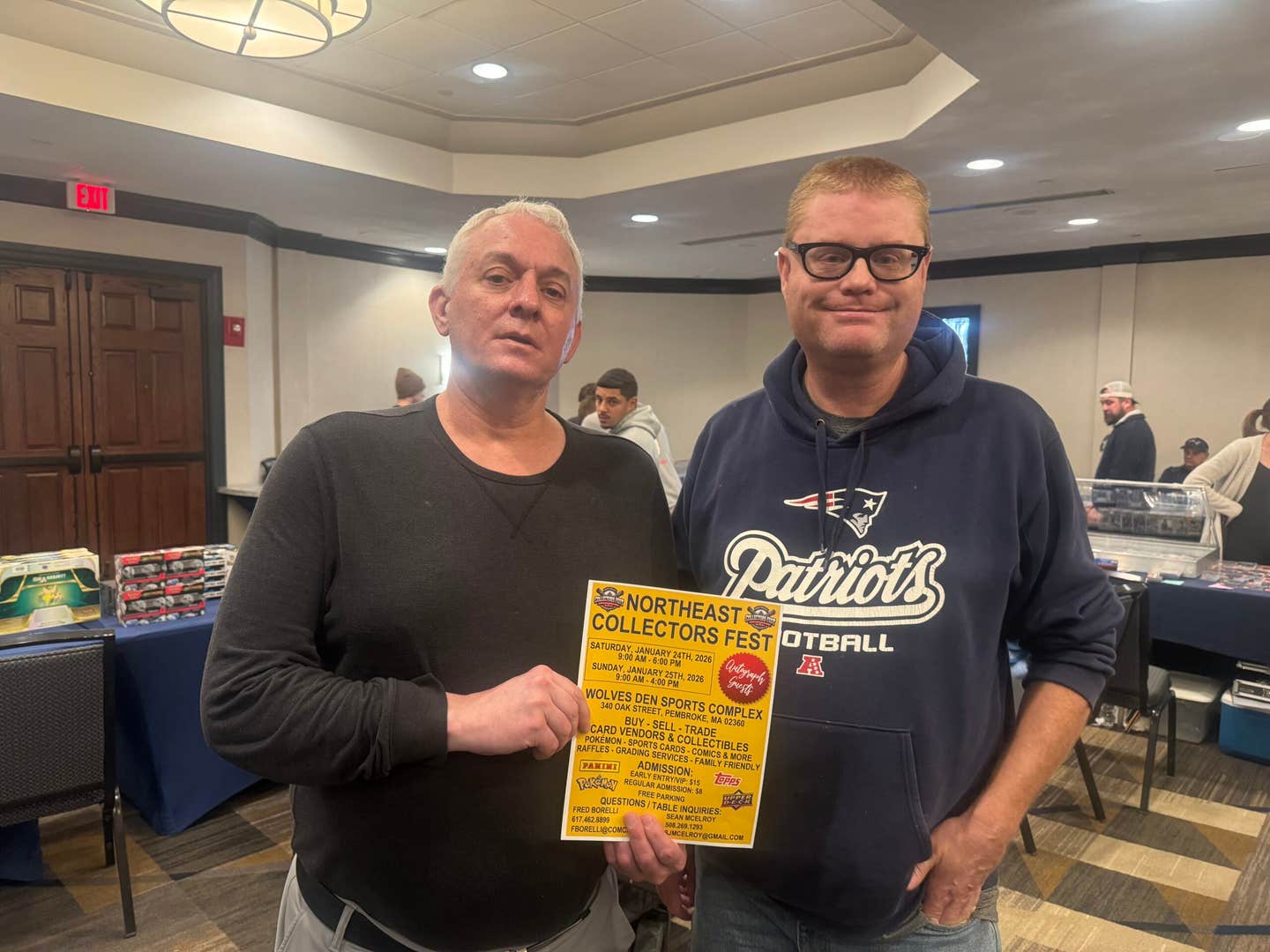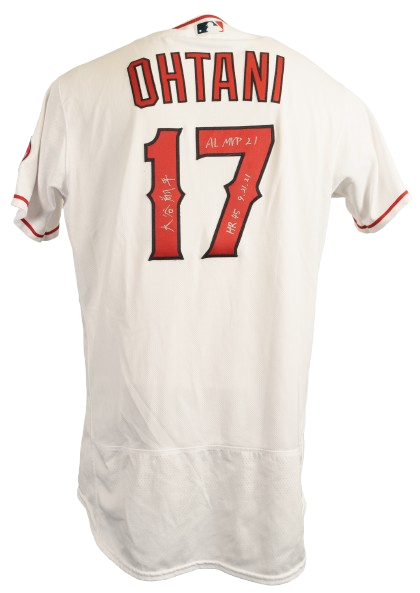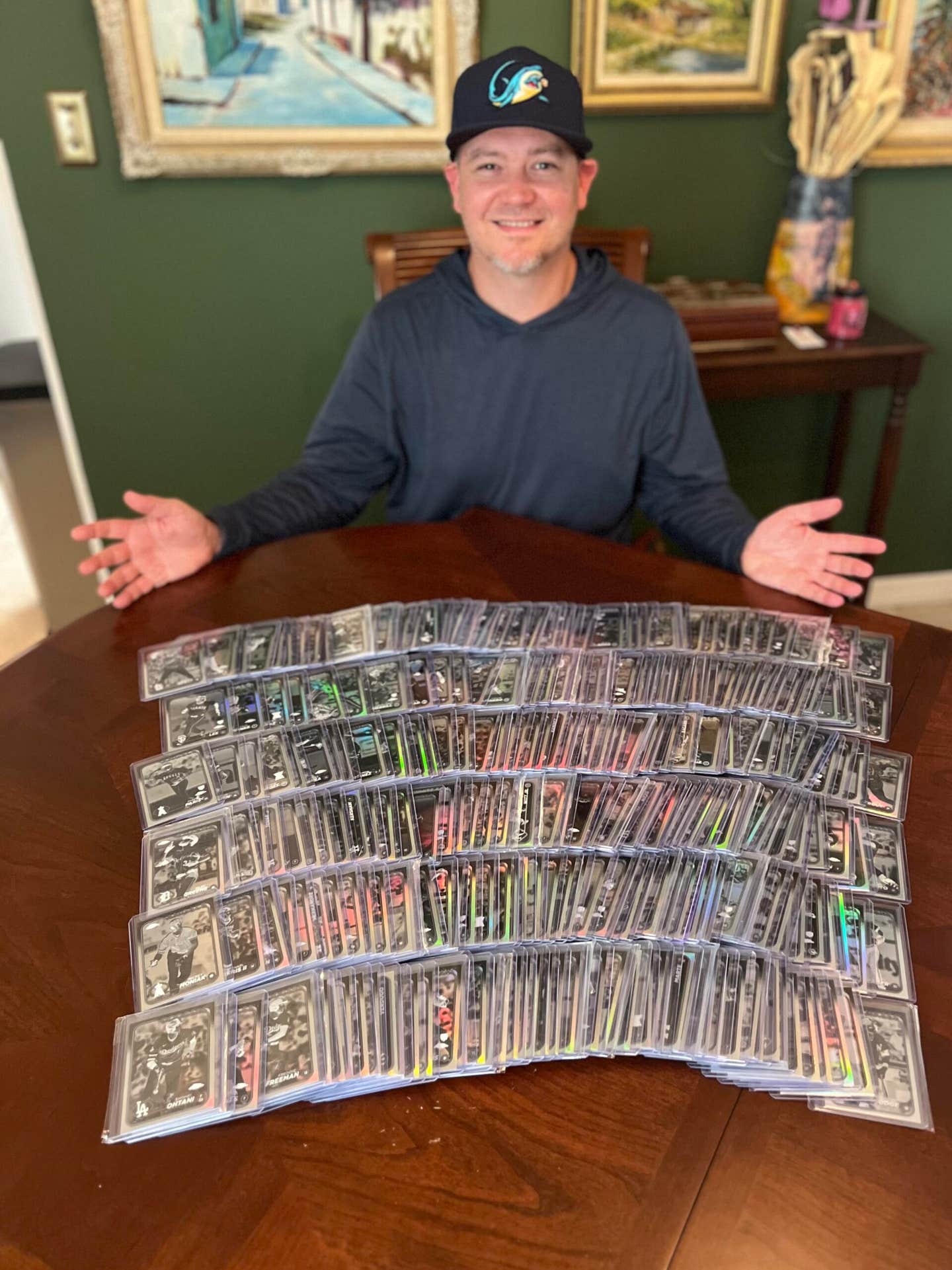Autographs
Former MLB player, manager Clint Hurdle delights fans with autographs, ‘Hurdle-isms’
There is nothing quite like spring training in Florida, and today is perfect, with 80 degrees and sunshine.
I was off to Bradenton to catch the Baltimore Orioles and Pittsburgh Pirates at LECOM Park, a beautiful stadium with a mixture of what is old and new in spring training amenities. But what really made it special was that the Pirates were bringing back their popular former manager, Clint Hurdle. He was appearing in the Fan Plaza before the game for a meet-and-greet with fans while also promoting his new book, “Hurdle-isms.”
I had bought and read his motivational work beforehand, and found it a very good and informative read. Simply put, it is a collection of stories and sayings that he put together from his baseball career and life that he wanted to share with others.
“The book found me,” he says.
Upon arriving, the line to meet him is already snaking around with close to 50 people waiting. It would stay that way for around the hour and a half that Hurdle was there.
You Also Might Like:
One lady from Pittsburgh, down to watch her team play, excitedly told him that she was waiting for the day that she got the chance to get him to sign her picture of a family outing at PNC Park that featured him posing with them. “Thank you for all you did for Pittsburgh. We love you!” she shouted to him as she walked away.
A father in his 70s and his son got Hurdle to sign a ball and pose for a photo.
“You were the best thing to happen to the Pirates in a long time,” the older fan told him.
The son told me they were lifetime season ticket holders and had traveled from Aliquippa, Pa. for the week.
Even former players like Charlie Hayes, one of the stars of the 1986 World Series champion New York Yankees, came over to give Hurdle a heartfelt hug. He is the father of current Pirates third baseman Ke’Bryan Hayes.
“As good as my career was, now I am known as Ke’Bryan’s dad,” he tells me with a laugh.
Fans are buying Hurdle’s book and having them signed, but they also showed up with a wide assortment of personal items for him to sign as well, which he gladly did.
Watching all of this, it is obvious the love Pirates fans have for the manager who brought them out of a long period of mediocrity, including 20 consecutive losing seasons, and built a team that he would take them back to the playoffs.
“Two of those losing seasons were mine,” he told me.
As you read in his book, things were not always easy for a guy that Sports Illustrated put on March 1978 cover as “This Year’s Phenom.” He was 20 years old at the time.
The first stop to the majors came with a call-up for a few games in 1977. He would hit a home run in his second at-bat, and the future appeared bright. The Royals had picked him ninth in the first round of the 1975 MLB draft. He had turned down a football scholarship to play quarterback at the University of Miami to sign with Kansas City, and started his baseball career in the minors in Sarasota, Fla.
In 1980 he played in the World Series for the Royals, where he appeared in five games, going 5-for-12 for a .417 batting average. In 1981 he had the distinction of having hit the final home run in the Minnesota Twins venerable old Metropolitan Stadium.
But just one year later, he was well on his way to becoming a journeyman. He was traded to the Cincinnati Reds, where he played in only 19 games, and was released. From there he went to Seattle but was released again, this time in spring training. Then it was the Mets, the Cardinals, and back to the Mets. By 1986 his playing career came to an end.
In 10 seasons, he had played in 515 major league games with a career batting average of .259, with 32 home runs and 193 runs batted in. At that point, he was far from becoming the “phenom” projected by Sports Illustrated.
In his personal life, he had two failed marriages and a drinking problem before he finally got things right the third time around. The third one worked and stuck. The decision was made that he needed to give up alcohol, and he bravely addresses all of this in the book.
He got his first managing job in the minors in 1988. Six years later he landed back in the majors as a coach with the Colorado Rockies, then became their manager in 2002. In 2007, he took them to the World Series, where they lost to the Boston Red Sox. The 2010 season had him return to the World Series as the hitting coach of the Texas Rangers, giving him a trifecta of having been in the World Series as a player, coach, and manager.
In 2011 he returned to managing with the Pirates and became a fan favorite, as we can easily see on this day in Bradenton.
He is still involved in baseball as a Special Assistant to the General Manager of the Rockies, and he also serves as a spokesperson/fundraiser for Prader-Willi syndrome, a chromosome disorder that effects 1 in every 12,000 children, including his daughter, Madison.
“We are trying to get the word out there. It is not something that a lot of people know about, but good work is being done to help these kids,” he says. In 2014 Hurdle was recognized by MLB with The Brooks Robinson Community Service Award for his youth work.
I asked him if he remembered his first baseball card—a 1978 Topps rookie he shared with Dave Bergman, Miguel Dilone, and Willie Norwood.
“I just remember it was a big deal to see myself on a baseball card and it was one of those ‘this is real moments’ for me,” he said.
Asked how many items he gets in the mail from fans in a week?
“Oh my gosh, I get something for me to sign just about every day,” he said. “The Sports Illustrated covers are what amaze me. I think I’ve gotten three of them this week. How many years has it been?” he says, looking at the Pirates representative who is with him. It’s been 47 years this month, he is told.
“I don’t know how many of them I have signed in my lifetime, but it has been a lot,” he said. “I mean after all these years; they are still out there and people still want me to sign them. It’s pretty amazing, really. I just wonder where people keep finding them?”
I tell him there are a lot of fans that collected them and collectors who buy them with the intention of getting them signed.
“I believe it,” he says with a laugh. “It was a big deal back then to be on the cover of SI. The guys use to go to the newsstand on the day it came out to see who was on there.”
I enjoyed my chance to meet and chat with Hurdle and watch his interaction with all the fans. I think there are a lot of people in Colorado and Pittsburgh who would tell you he was a “phenom,” it just took him a little longer to make the journey to get there.
— Barry Blair is an author/writer who lives in Jonesborough, Tenn. You can reach him at rightfieldpress.com or at barryblair54@gmail.com.



